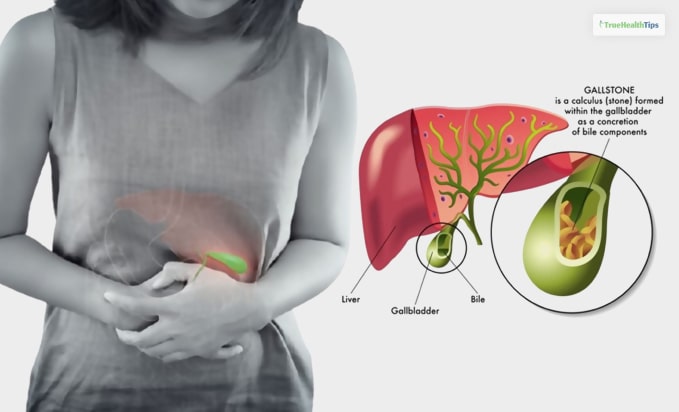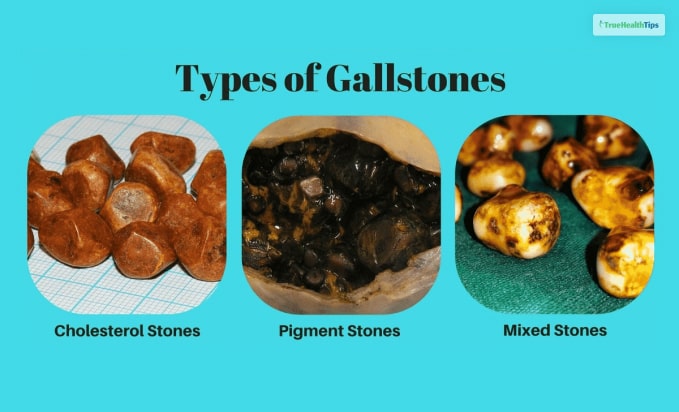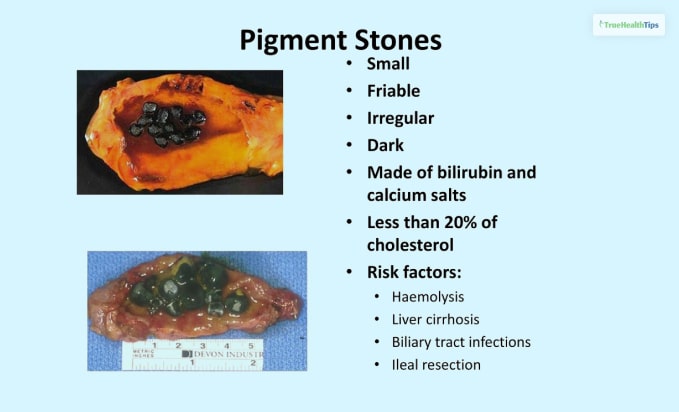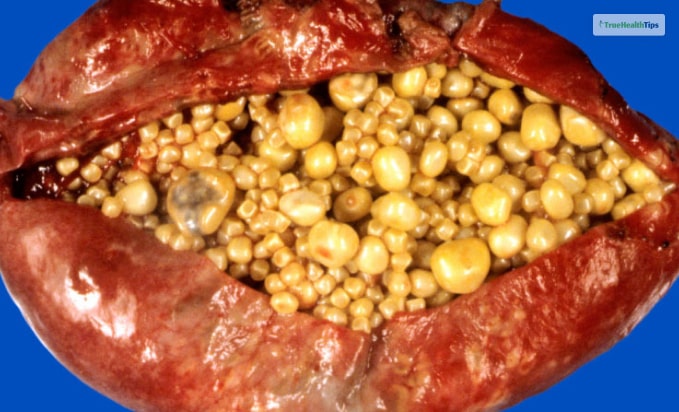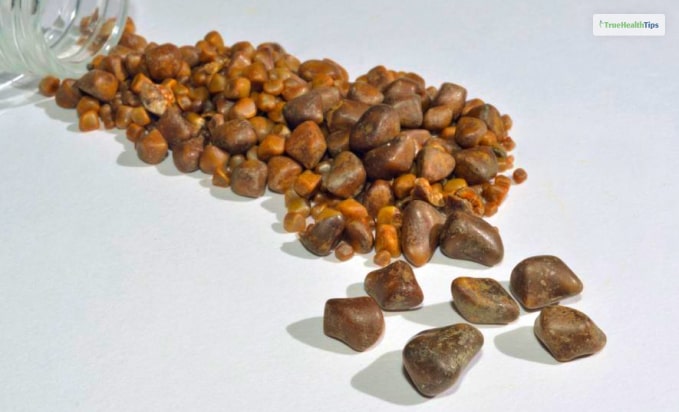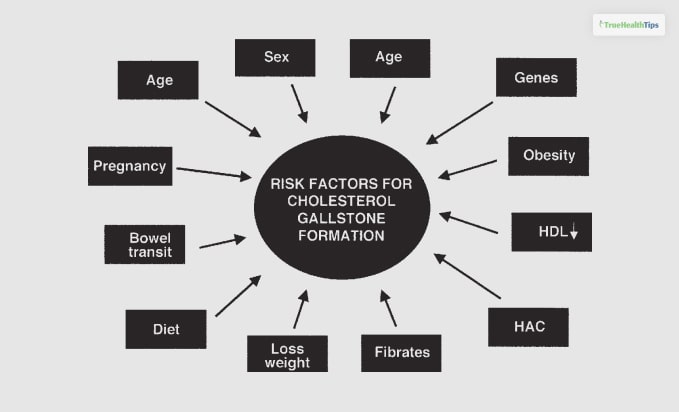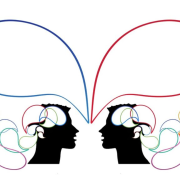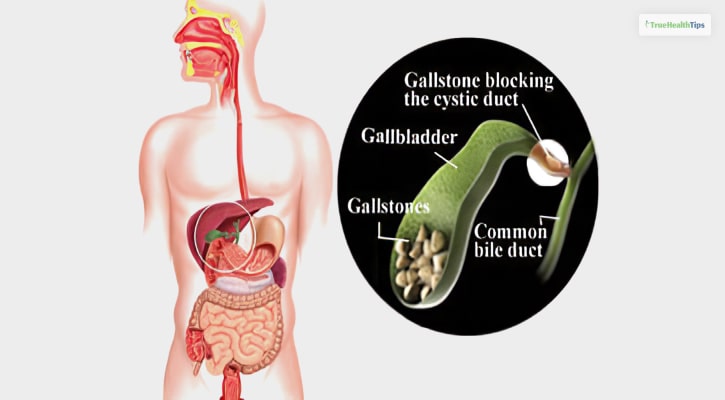
Can you get gallstones without a gallbladder? The question you are asking is– can you have gallstones after removing your Gallbladder? Long answer short– yes, it is possible.
The common bile duct is a small tube carrying bile from the Gallbladder to the intestine. So, if you have a history of gallstones, the chances of repeating themselves are there.
According to data, about 10% of the population develops a gallstone, and 15% develop the stone in their common bile duct. It usually does not bother most people. However, medication and proper treatment must be necessary in some serious cases.
Can You Get Gallstones Without A Gallbladder
Yes, it is possible to get gallstones without a gallbladder. You might experience little to severe pain due to residual gallstones at the bile ducts. This can happen even after the removal of the Gallbladder.
But, if you are having pains, it may not always be due to a gallstone. Other common issues like peptic ulcer diseases and irritable bowel symptoms can also be the reason behind it.
About Choledocholithiasis

Choledocholithiasis is a health condition caused by the presence of a minimum of one stone at the bile duct. The stone is usually made up of pigments from bile or cholesterol, or calcium salts.
Choledocholithiasis Symptoms

Patients usually don’t see any symptoms until they experience the stone blocking the bile duct. When the gallstone gets stuck in the bile duct, patients are supposed to have the following symptoms.
- There is a pain in the right upper abdomen or the middle upper abdomen. It usually lasts at least 30 minutes. The pain can be both mild and severe.
- The pain can be coupled with a fever.
- The skin and the eyes might become yellowish ( signs of jaundice.)
- Loss of appetite. Vomiting and nausea.
- Stools with the colors of clay.
Do You Need A Gallbladder

Having gallstones in the Gallbladder is common. However, even if you don’t have a gallbladder, the chances of developing gallstones do not go down to zero. Gallstones can still occur and remain in the bile duct.
A Gallbladder is a small pouch-like organ that rests in the upper right side of your abdomen. The gallbladder stocks bile, a fluid that your liver produces, and helps break down fatty foods.
If you have any problem with the Gallbladder, you can surgically remove the Gallbladder. You may still have gallstones appearing in the bile duct.
Types Of Gallstones
There are different types of gallstones. Their causes are also different. Here are the three different types of gallstones we know about –
Pigment Gallstones
The Pigment gallstones are brown pigment stones. They usually form inside the bile duct of the human body. The common bile duct is an example of where they form. Bilirubin, a substance found in the human body, usually causes a gallstone to form within the bile duct.
Cholesterol Gallstones
The cholesterol Gallstones usually form inside the Gallbladder, and they are made of cholesterol. Although they are formed inside the gallbladders, the Cholesterol gallstones are found in the bile ducts. Therefore, they travel from the Gallbladder and end up in the bile duct. In most developed countries, people are noticed to have this common type of gallstones.
Mixed Gallstones
Mixed gallstones can be a combination of more than one substance. Usually, they are a mix of protein, phosphate, cystine, and calcium. According to recent research, there are 8 types of gallstones with 10 different subtypes.
Recurrent Gallstones & Residual Gallstones
A recurrent or residual gallstone can answer your question – can you get gallstones without a gallbladder? You may experience Gallstones even after the Gallbladder is removed.
Residual Gallstone
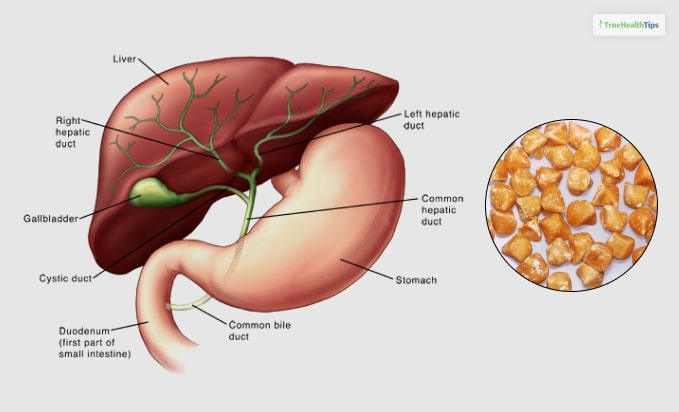
Some gallstones might remain inside your bile duct even after your gallbladder removal. These remaining gallstones can come back to haunt you within three years after undergoing a gallstone removal.
Recurrent Gallstones
Even after the Gallbladder has been removed, the gallstone can still develop inside the Bile duct. Therefore, there are some risk factors included in these factors.

Risk Factors To Consider
There are several risk factors for developing gallstones in the bile duct continuously. Here are some of them –
- Ab elevated levels of estrogen and being a female
- Pregnancy
- Obesity
- Being over 40 years old
- Having metabolic syndrome, insulin resistance, or diabetes
- Rapid weight loss
- Having hemolytic anemia
- Taking birth control or hormone replacement supplements
- Having a history of gallstones in the family
- Mexican-Americans or Native Americans are more prone to it
Frequently Asked Questions (FAQs):
I hope that the article above explains your answer. However, if you need any further help, the following questions and answers should help.
Ans. Patients might experience pain in the Gallbladder even after the removal of the Gallbladder. Sometimes SOD can cause pancreatitis. Pancreatitisis a severe swelling of the pancreas coupled with irritation. It can cause pain in the left side of the ribs and around the belly button. It may seem similar to the pain caused by gallstones.
Ans. It is possible to have issues with the removal of Gallbladder after the removal. Patients might face different symptoms, such as fatty food intolerance, vomiting, nausea, heartburn, flatulence, diarrhea, indigestion, jaundice, etc. Postcholecystectomy syndrome can also occur after months or years of gallbladder removal.
Ans. The recurrent bile duct stone complications usually appear after gallstone surgery. The possibility of recurring gallstones is around 4% to 24%.
Ans. Cholecystectomy, or the removal of the Gallbladder, also includes post-surgery symptoms. Around 5 to 40 percent of people experience the symptoms of post-cholecystectomy pain. It can be persistent, transient, or remain for your whole life.
Bottom Line
If you are diagnosed with gallstones, you should get them treated as soon as possible. If necessary, the doctor will suggest cholecystectomy or the removal of the Gallbladder. However, as for your question – can you get gallstones without a gallbladder? Yes, you can still have gallstones even after having the Gallbladder removed.
I hope the article sums ups the answer you were looking for. However, if you have any additional queries, you can reach out to us in the comment section.
Read Also:
